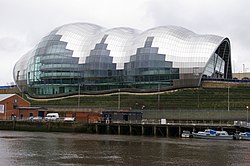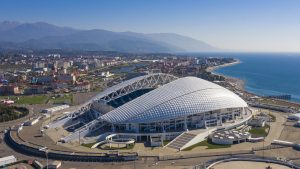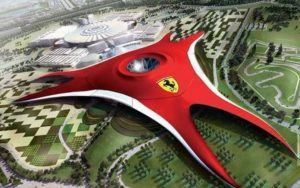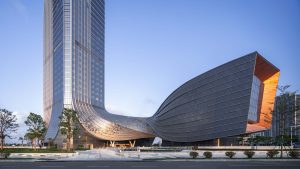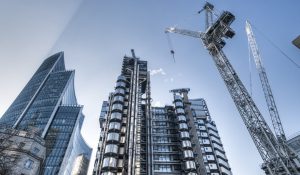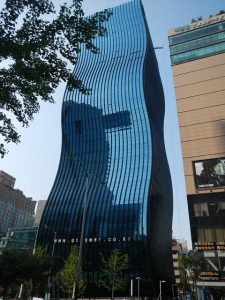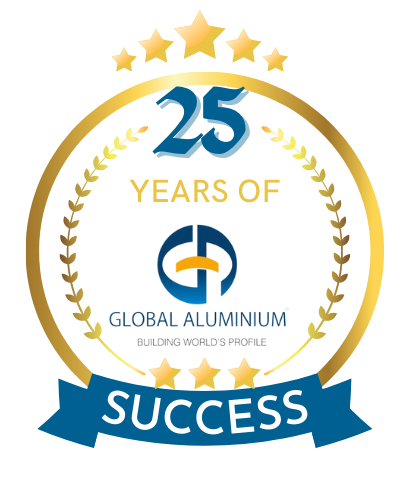Huge skyscrapers, glass faces of high rises, green buildings, sturdy roofs, wonderful structures of sports facilities, stadiums and many more – Thanks to Aluminium for redefining the modern architecture.
Can you believe?
An average of 25% of global aluminium produced is used in Building & Construction Industry!!
Aluminium & its Emergence:
Back in 1700’s, forget about the utilization & application of aluminium, human race was not even aware of the existence of it and this was discovered in the 1800’s. The reason for such a late discovery is that, aluminium does not occur in metallic form in nature, instead occurs in combination with oxygen and other elements. Only at the beginning of last century, aluminium was considered a metal of use in civil engineering and put to extensive use later in the 1920’s, with the advent of technology & electricity. And from then, there is no stopping for aluminium and its applications across industries, mainly building & construction industry.
The first building constructed using aluminium is the Empire State building, in 1931 and so much of innovation in architecture since then, till today aluminium is the most preferred metal in construction industry, because of its lightweight, durability, flexibility, strength and corrosion resistance characters. Aluminium allows a lot of flexibility which benefits architects in making the desired shapes, thus not limiting their creative side.
Modern Architecture – Redefined by Aluminium Extrusion:
What makes aluminium so special in this industry?
Numerous possibilities and multiple benefits that extend its usage beyond limits in architecture is one main reason for its vast application. Aluminium is one of the most abundant metal in nature and is the cheapest metal to buy, compared to others. Post successful discovery of aluminium extraction process, it was understood that this is the most suitable metal to use in all of the building’s basic structures and became the favored option for architects.
Aluminium is the most sustainable metal which lasts for decades and the maximum life span barring from 60-80 years for buildings & 40-45 years for windows and doors in the construction sector. Aluminium withstands any kind of temperature and climatic conditions and will not discharge its properties even at extreme temperatures such as +280°C. Insulated aluminium panels used in canopy structures, windows, facades, interior & exteriors help manage the outdoor temperatures effectively along with energy saving.
Aluminium is a light weight metal, nearly less than half the weight of steel with same strength which is the main reason why it is used in huge building structures. Imagine how much aluminium can ease and facilitate the scope of work in building high rises and skyscrapers, with this unique property.
Aluminium Extrusion, the process of creating and shaping aluminium in the predefined forms by pressing it through a custom set die. It includes heating the billet, loading it into the press chamber and pressing the molten aluminium to attain a shape. These extruded products are another main reason why architects are able to achieve the most efficient and intricate architectural designs such as external facades, modulars, scaffoldings, enclosures, loadbearing structures, staircases, railings, shelves and many more.
Value additions for aluminium extruded profiles – Anodizing, which can make the metal resistance to corrosion and also gives the desired colors to the metal, another basis for designers and architects for choosing this in civil engineering. Other value additions include powder coating, fabrications which demonstrates the workability of aluminium for any kind of requirement in building & construction.
Here are some of the exemplifications of aluminium in architecture:
